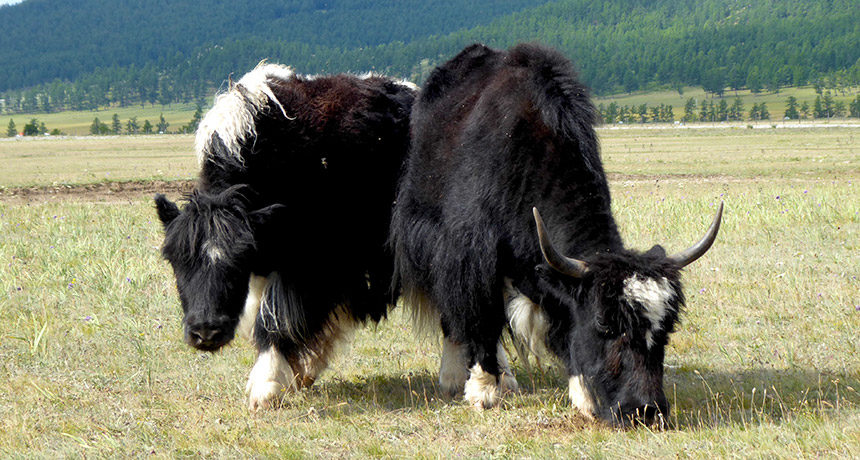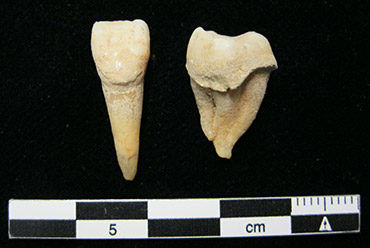
Modern Mongolians are big on dairy, milking seven different animal species, including cows, yaks and camels. But how far into the past that dairying tradition extends is difficult to glean from the usual archaeological evidence: Nomadic lifestyles mean no kitchen trash heaps preserving ancient pots with lingering traces of milk fats. So molecular anthropologist Christina Warinner and her colleagues turned to the skeletons found in 22 burial mounds belonging to the Deer Stone culture, a people who lived in Mongolia's eastern steppes around about 1300 B.C.

Ancient Mongolians' DNA also revealed that they weren't able to digest lactose as adults. Instead, the Deer Stone people, like modern Mongolians, may have relied on bacteria within the gut, known as the gut microbiome, to break down the lactose, Warinner said.
Warinner's team had first detected milk proteins in the tooth tartar of European Bronze Age skeletons dating back to 3000 B.C.
(SN: 10/14/17; p. 18). The hardened plaque preserves tiny evidence of all sorts of events in a person's lifetime, from drinking milk to inhaling pollen to working in a dusty artistic working environment (SN: 2/2/19, p. 14).



Comment: It's notable that in the history of humanity the evidence for agriculture dates back to a relatively recent 10,000 years ago, and it would appear that our health has suffered for it ever since: